Home>Gardening & Outdoor>Outdoor Recreation & Activities>How Deep Is A Swimming Pool


Outdoor Recreation & Activities
How Deep Is A Swimming Pool
Published: February 18, 2024
Discover the perfect depth for your outdoor swimming pool and ensure a safe and enjoyable experience. Learn more about outdoor recreation and activities with our expert guide.
(Many of the links in this article redirect to a specific reviewed product. Your purchase of these products through affiliate links helps to generate commission for Storables.com, at no extra cost. Learn more)
Introduction
Swimming pools are synonymous with relaxation, fun, and a refreshing escape from the summer heat. Whether it's a community pool, a private backyard oasis, or a luxurious resort amenity, the depth of a swimming pool plays a crucial role in shaping the overall experience for swimmers. Understanding the depth of a swimming pool is not only essential for safety but also contributes significantly to the activities and enjoyment it offers.
The depth of a swimming pool is a fundamental aspect that influences how it can be used. From leisurely floating to intense water sports, the depth of the pool directly impacts the range of activities that can be enjoyed within its waters. Additionally, the depth of a pool is a key consideration for safety, as it can affect the risk of accidents and the ability to accommodate swimmers of varying skill levels.
In this comprehensive guide, we will delve into the various aspects of swimming pool depth, exploring the standard depths, the factors that influence these depths, the benefits of different pool depths, and the critical safety considerations associated with pool depth. Whether you're a pool owner, a swimming enthusiast, or simply curious about the dynamics of pool design, this exploration will provide valuable insights into the depths of swimming pools and their impact on the overall aquatic experience. So, let's dive in and unravel the depths of swimming pools to gain a deeper understanding of this essential element in the world of aquatic recreation.
Key Takeaways:
- Dive into the Depths: Pool depth impacts safety and fun, with shallow areas for beginners and deep ends for diving enthusiasts. It’s all about creating a secure and enjoyable aquatic experience for everyone!
- Depth Diversity Delights: Varying pool depths cater to different activities and swimmers, promoting safety, inclusivity, and a visually captivating aquatic environment. It’s all about making a splash for everyone to enjoy!
Read more: How Deep Is A Synchronized Swimming Pool
Standard Depth of a Swimming Pool
The standard depth of a swimming pool is a critical consideration in pool design and construction, as it directly influences the pool's functionality and the range of activities it can accommodate. Typically, the standard depth of a residential swimming pool ranges from 3 to 5 feet in the shallow end, gradually sloping to a depth of 5 to 6 feet in the deep end. This gradual increase in depth allows for a smooth transition, catering to swimmers of varying skill levels and preferences.
For commercial or public pools, the standard depth is often more varied to accommodate a broader demographic of swimmers. These pools may have a shallow end with a depth of 3 to 4 feet, ideal for leisurely activities and children, while the deep end can reach depths of 8 to 12 feet, catering to diving enthusiasts and competitive swimmers.
In addition to the overall depth, the standard depth of a swimming pool also includes the depth of specific areas designed for distinct purposes. For instance, the standard depth of a lap pool, commonly used for fitness and competitive swimming, is typically uniform throughout, with a depth ranging from 4 to 5 feet. This consistency allows swimmers to maintain a steady rhythm and perform turns without encountering sudden depth changes.
Furthermore, the standard depth of a diving pool is notably deeper, with the deep end reaching a minimum depth of 12 to 14 feet to ensure a safe environment for diving activities. This depth is essential for accommodating the vertical momentum of divers and minimizing the risk of injury upon entry into the water.
Ultimately, the standard depth of a swimming pool is carefully determined based on the intended use, safety considerations, and the demographic of swimmers it aims to serve. By adhering to these standard depths, pool designers and builders can create aquatic environments that cater to a diverse range of aquatic activities while prioritizing the safety and enjoyment of all swimmers.
Factors Affecting Pool Depth
The depth of a swimming pool is influenced by a myriad of factors, each playing a crucial role in shaping the overall aquatic experience and ensuring the safety of swimmers. Understanding these factors is essential for pool designers, builders, and owners, as it directly impacts the functionality, versatility, and safety of the pool. Let's explore the key factors that influence pool depth:
-
Intended Use: The primary purpose of the pool significantly influences its depth. For instance, a pool designed for recreational activities and family enjoyment may have a shallower depth to accommodate children and casual swimmers. Conversely, pools intended for competitive swimming or diving require greater depth to meet the specific requirements of these activities.
-
Demographic: The age, skill level, and preferences of the anticipated pool users play a pivotal role in determining the pool depth. Pools catering to families with young children may feature a shallow area to ensure a safe and enjoyable experience for the little ones. In contrast, pools serving a more experienced and diverse demographic may incorporate varying depths to accommodate different skill levels and aquatic activities.
-
Safety Regulations: Pool depth is subject to strict safety regulations and guidelines to prevent accidents and ensure compliance with industry standards. These regulations often dictate the minimum and maximum depths for specific types of pools, such as diving pools, to mitigate the risk of injuries and create a secure environment for swimmers.
-
Aesthetic and Architectural Considerations: The overall design and aesthetic vision for the pool can influence its depth. Some architectural styles may call for uniform depth throughout the pool, creating a sleek and modern appearance, while others may incorporate varying depths to add visual interest and accommodate different activities within the same aquatic space.
-
Landscaping and Topography: The natural topography of the pool site and the surrounding landscape can impact the pool depth. Sloping terrain may necessitate adjustments in the pool depth to ensure proper integration with the existing environment and to facilitate efficient water circulation and maintenance.
-
Environmental Factors: Climate, temperature, and regional preferences can also influence pool depth. In warmer regions, shallower pools may be favored for their ability to retain heat and provide a comfortable swimming experience. Conversely, in cooler climates, deeper pools may be preferred to offer a refreshing escape from the heat while maintaining a comfortable water temperature.
-
Functional Versatility: The intended range of activities within the pool, such as lap swimming, water sports, or leisurely relaxation, can dictate the depth requirements. Pools designed for multi-purpose use may incorporate varying depths to accommodate diverse activities and enhance the overall aquatic experience for swimmers.
By considering these factors, pool designers and owners can make informed decisions regarding the depth of a swimming pool, ensuring that it aligns with the intended use, safety standards, and the preferences of the individuals who will enjoy its aquatic embrace.
Benefits of Different Pool Depths
The varied depths of swimming pools offer a multitude of benefits that cater to the diverse needs, preferences, and activities of swimmers. Understanding the advantages associated with different pool depths is essential for creating aquatic environments that provide optimal enjoyment, safety, and versatility. Let's explore the notable benefits of different pool depths:
-
Versatile Aquatic Activities: Pools with varying depths accommodate a wide range of aquatic activities, from leisurely wading to competitive diving. Shallow areas provide safe spaces for children to play and for adults to engage in water-based exercises, while deeper sections facilitate diving, underwater exploration, and water sports. This versatility ensures that swimmers of all ages and skill levels can find enjoyment and engagement within the pool environment.
-
Safety and Accessibility: Different pool depths contribute to safety and accessibility for swimmers. Shallow areas are ideal for novice swimmers and individuals seeking a relaxed aquatic experience, while deeper sections cater to experienced swimmers and diving enthusiasts. This segregation of depths minimizes the risk of accidents and ensures that swimmers can comfortably access areas that align with their abilities and preferences.
-
Therapeutic Benefits: Deeper pool sections offer therapeutic benefits, particularly for individuals seeking low-impact exercise and hydrotherapy. The buoyancy and resistance provided by deeper water can aid in rehabilitation, muscle strengthening, and overall wellness. Additionally, deeper water allows for activities such as aqua aerobics and deep-water running, promoting physical fitness and recovery.
-
Diverse Demographic Appeal: Pools with varying depths appeal to a diverse demographic of swimmers, making them inclusive and accommodating for families, individuals, and groups with different aquatic interests. Families with children can enjoy the safety of shallow areas, while older individuals and experienced swimmers can engage in deeper water activities, fostering a sense of community and shared enjoyment.
-
Aesthetic and Architectural Appeal: Incorporating different depths in a pool design adds visual interest and architectural appeal. Varying depths create dynamic water landscapes, enhancing the overall aesthetic of the pool area. This architectural diversity can complement the surrounding environment, creating a harmonious and visually captivating aquatic space.
-
Enhanced Aquatic Experience: The presence of different depths within a pool enhances the overall aquatic experience for swimmers. Whether it's the joy of splashing in shallow waters, the thrill of diving into deeper sections, or the tranquility of floating in varying depths, the pool becomes a multifaceted environment that offers diverse sensory and recreational experiences.
By recognizing and leveraging the benefits of different pool depths, pool designers and owners can create aquatic spaces that cater to the multifaceted needs and desires of swimmers, fostering a safe, engaging, and enjoyable environment for aquatic recreation and relaxation.
Safety Considerations for Pool Depth
Safety is paramount when it comes to the design, construction, and maintenance of swimming pools, and the depth of the pool plays a pivotal role in ensuring a secure aquatic environment for swimmers of all ages and skill levels. Here are the critical safety considerations associated with pool depth:
Minimizing the Risk of Accidents
The depth of a swimming pool directly impacts the likelihood of accidents and injuries. Shallow areas provide a safe space for novice swimmers, children, and individuals engaging in leisurely activities. By segregating these areas from deeper sections, the risk of accidental submersion or collisions in the water is significantly reduced. This segregation also allows lifeguards and supervising adults to maintain a clear view of swimmers and respond promptly to any potential emergencies.
Compliance with Diving Safety Standards
For pools intended for diving activities, adhering to specific depth requirements is essential to mitigate the risk of diving-related injuries. Diving pools must have a deep end with a minimum depth of 12 to 14 feet to ensure that divers can safely enter the water without encountering the pool bottom. By meeting these depth standards, pool owners and operators uphold crucial safety measures and create a secure environment for diving enthusiasts.
Catering to Diverse Skill Levels
Swimming pools with varying depths cater to individuals with different swimming abilities and experiences. Shallow areas provide a comfortable and secure space for beginners and non-swimmers to gain confidence in the water, while deeper sections accommodate proficient swimmers and diving enthusiasts. This inclusivity ensures that all swimmers can engage in activities that align with their skills, fostering a sense of safety, confidence, and enjoyment within the pool environment.
Preventing Head and Spinal Injuries
Inadequate pool depth can pose a significant risk of head and spinal injuries, particularly in the context of diving and underwater activities. By adhering to the recommended depths for diving pools and ensuring gradual depth transitions in other pool types, the potential for swimmers to encounter the pool bottom with forceful impact is minimized. This proactive approach to depth management contributes to the prevention of severe injuries and promotes a safe and secure aquatic experience.
Read more: How To Remove A Swimming Pool
Supervision and Emergency Response
The depth of a swimming pool directly influences the supervision and emergency response protocols. Shallow areas allow for closer supervision of novice swimmers and children, while deeper sections necessitate vigilant monitoring, especially during diving and water sports activities. By aligning the pool depth with appropriate supervision measures and emergency preparedness, pool operators and lifeguards can effectively ensure the safety and well-being of all individuals enjoying the pool.
By meticulously considering these safety considerations and adhering to industry standards and regulations, pool owners, designers, and operators can create a secure and enjoyable aquatic environment that prioritizes the well-being and safety of all swimmers.
Conclusion
In conclusion, the depth of a swimming pool is a fundamental element that significantly influences the overall aquatic experience, safety, and versatility of the pool environment. By exploring the standard depths, factors affecting pool depth, benefits of different depths, and critical safety considerations, we have gained valuable insights into the multifaceted role that pool depth plays in shaping the world of aquatic recreation.
The standard depths of residential and commercial pools, along with specialized pool types such as lap pools and diving pools, underscore the importance of catering to diverse swimming activities and user demographics. Understanding the factors that influence pool depth, including intended use, safety regulations, and aesthetic considerations, empowers pool designers and owners to create aquatic environments that align with specific needs and preferences.
The benefits associated with different pool depths, ranging from versatile aquatic activities to enhanced safety and aesthetic appeal, highlight the significance of incorporating varying depths in pool design. By leveraging these benefits, pool environments can cater to a broad spectrum of swimmers, fostering inclusivity, engagement, and enjoyment for individuals of all ages and skill levels.
Moreover, the critical safety considerations associated with pool depth underscore the paramount importance of creating a secure and supervised aquatic environment. From minimizing the risk of accidents to complying with diving safety standards and preventing head and spinal injuries, the depth of a swimming pool directly impacts the safety and well-being of swimmers.
In essence, the depth of a swimming pool is not merely a physical dimension but a pivotal factor that shapes the entire aquatic experience. By carefully considering and optimizing pool depth based on intended use, safety standards, and user demographics, pool designers and owners can create aquatic environments that offer a harmonious blend of safety, enjoyment, and versatility.
As we navigate the depths of swimming pools, it becomes evident that this essential element serves as the foundation for a world of aquatic recreation, relaxation, and wellness. By embracing the nuances of pool depth, we can ensure that every plunge into the shimmering waters of a swimming pool is a delightful and secure aquatic adventure for all.
Frequently Asked Questions about How Deep Is A Swimming Pool
Was this page helpful?
At Storables.com, we guarantee accurate and reliable information. Our content, validated by Expert Board Contributors, is crafted following stringent Editorial Policies. We're committed to providing you with well-researched, expert-backed insights for all your informational needs.








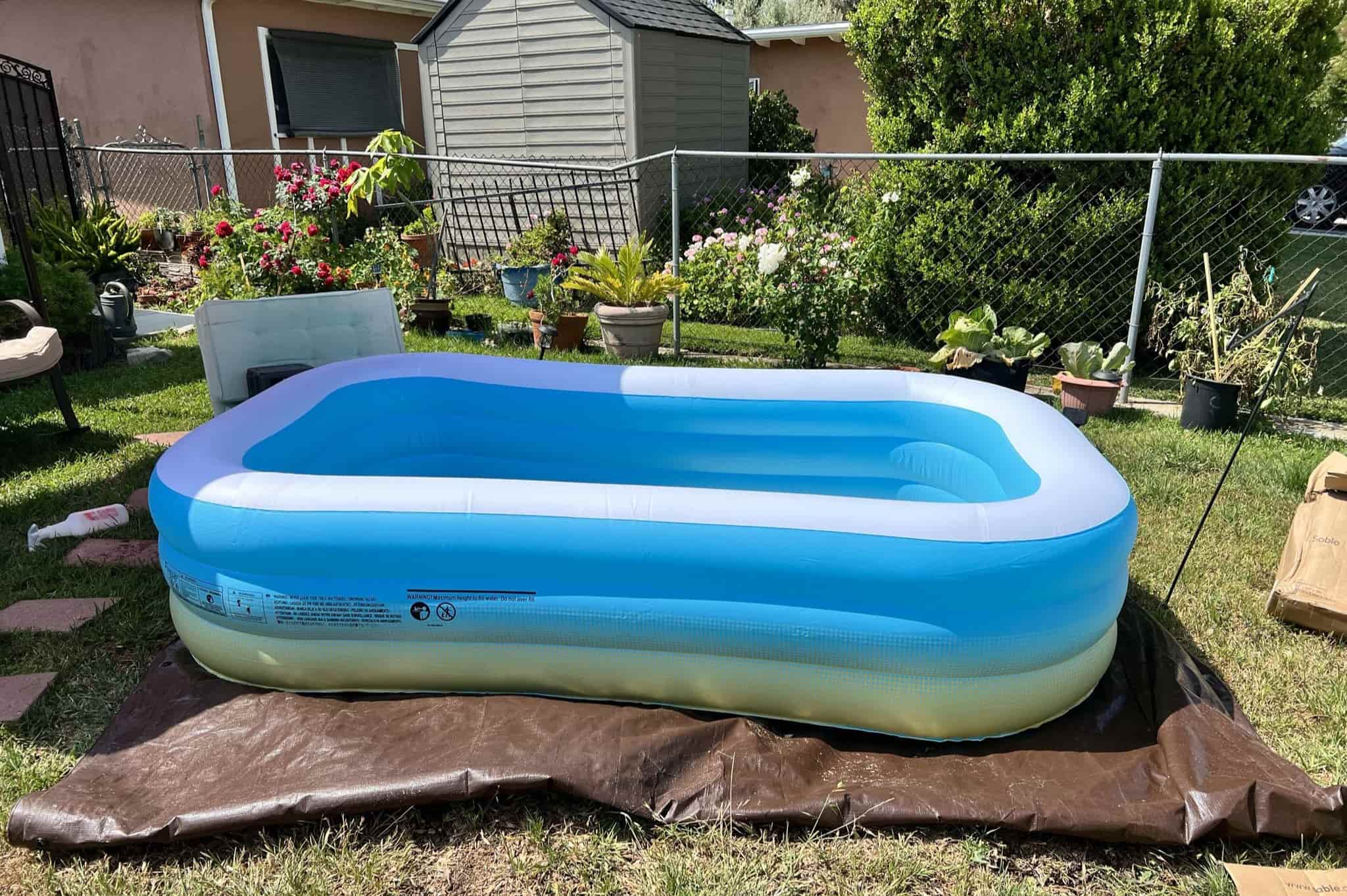
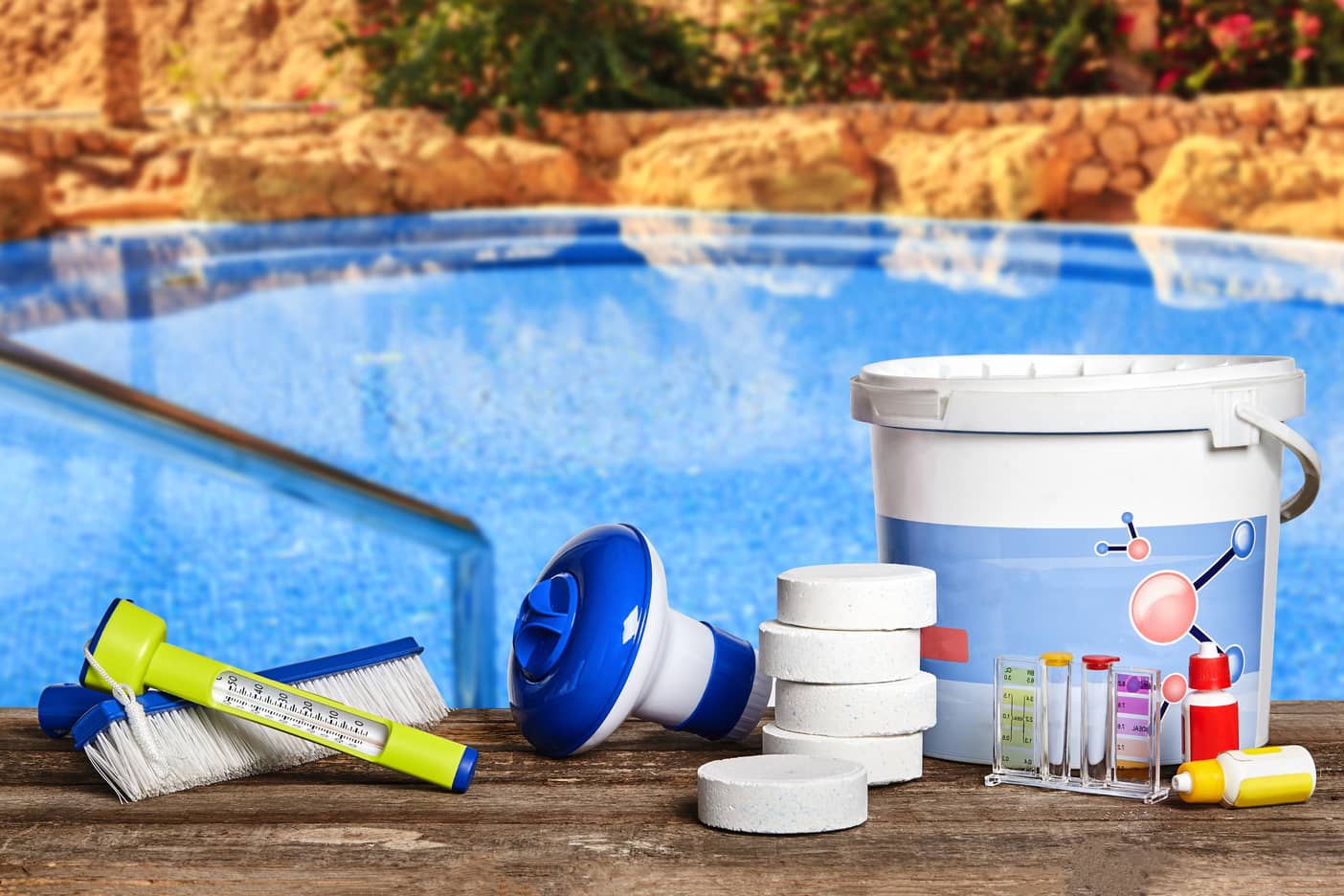
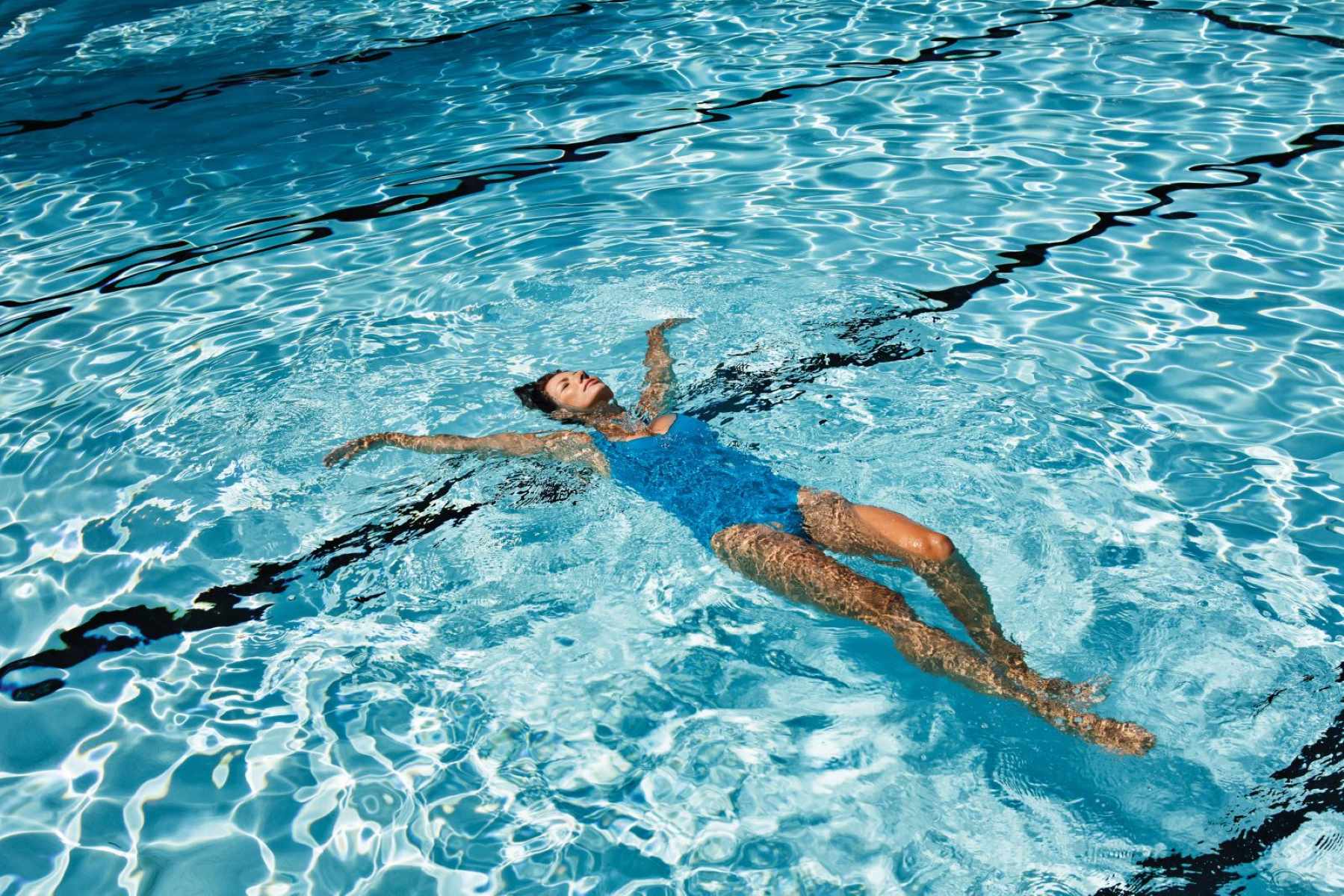
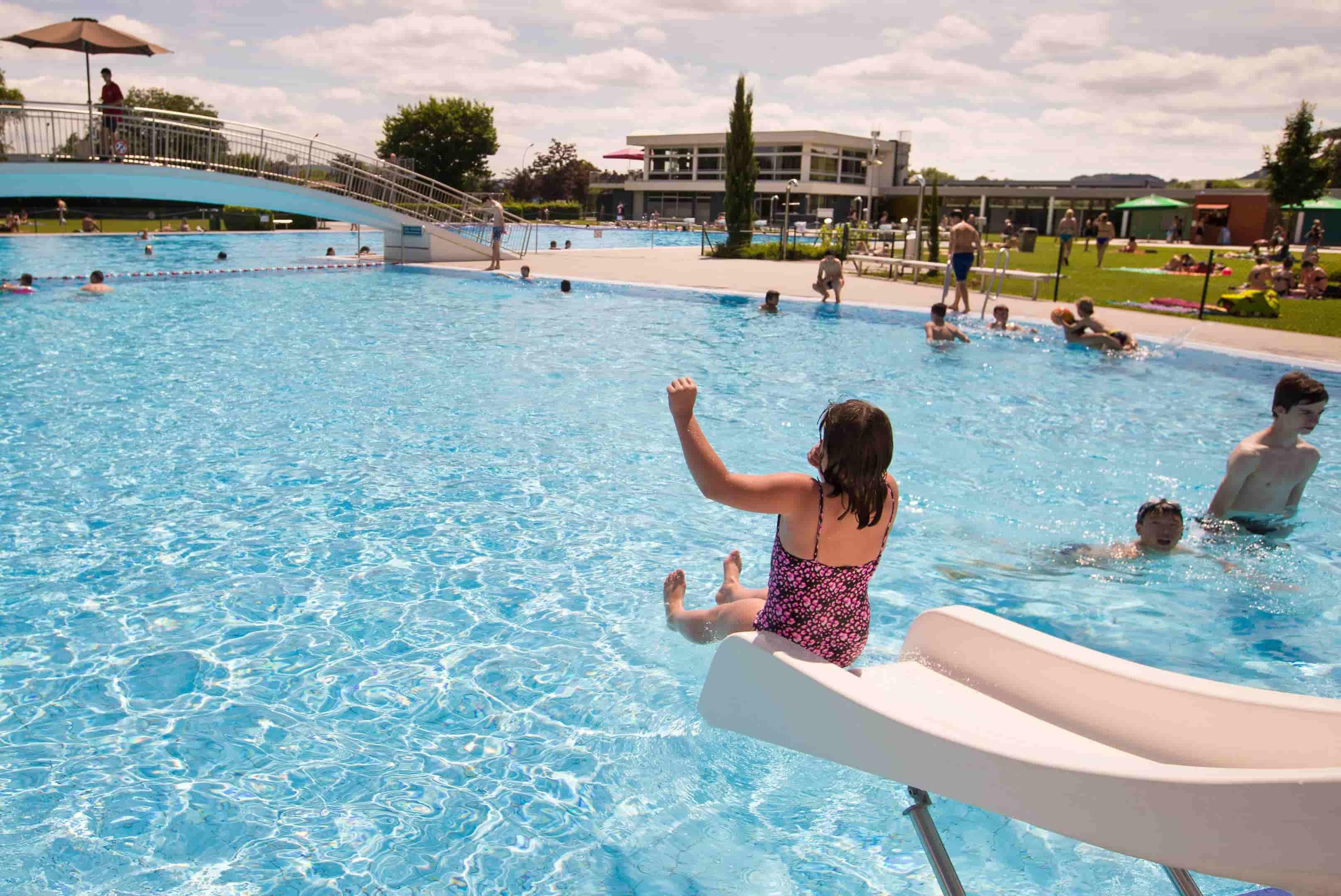
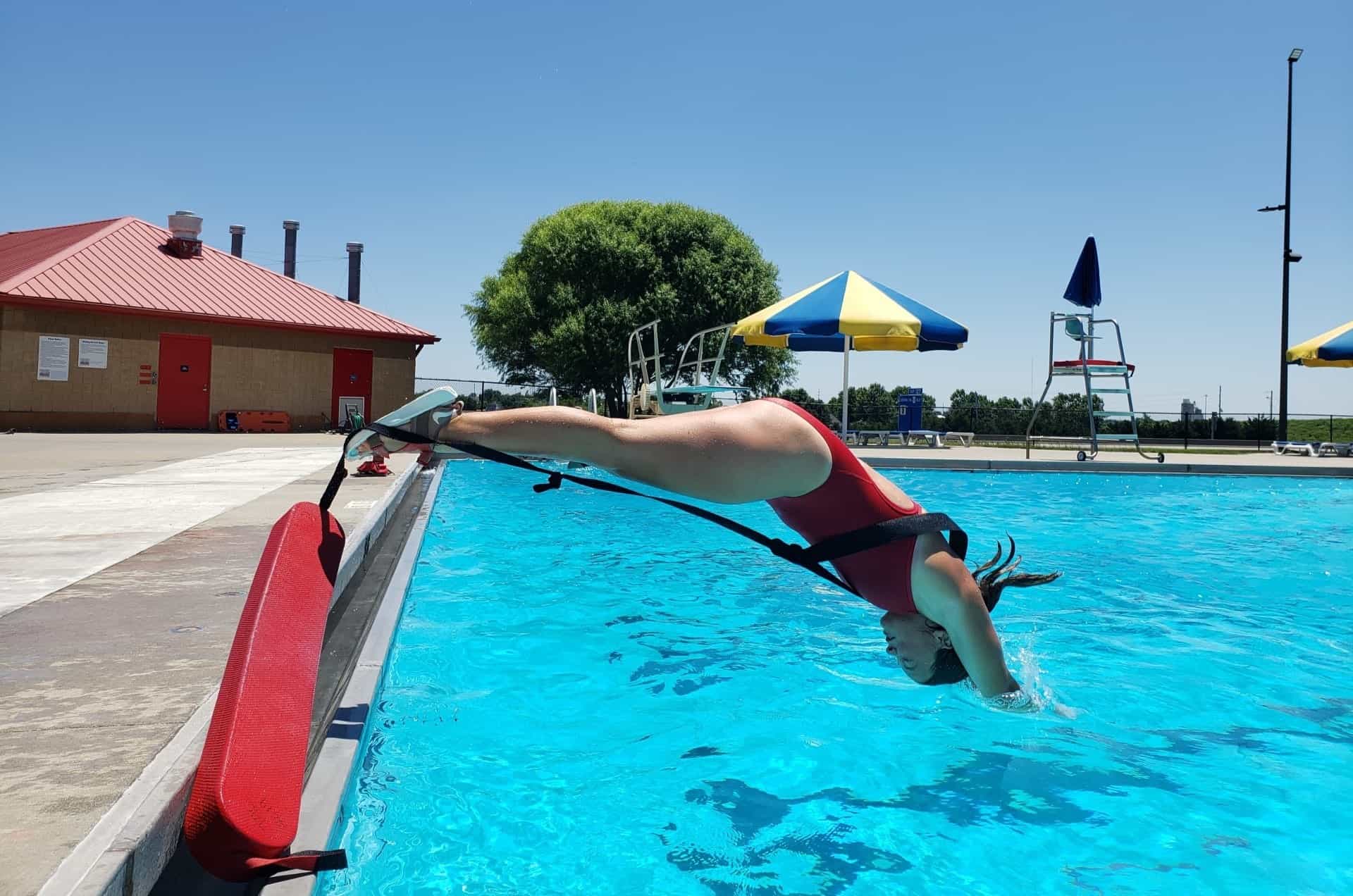

0 thoughts on “How Deep Is A Swimming Pool”